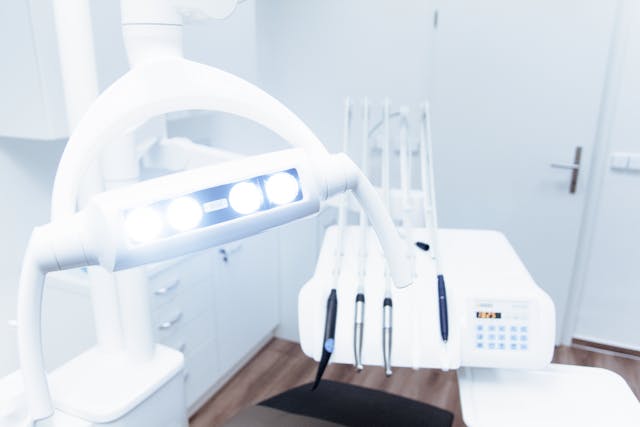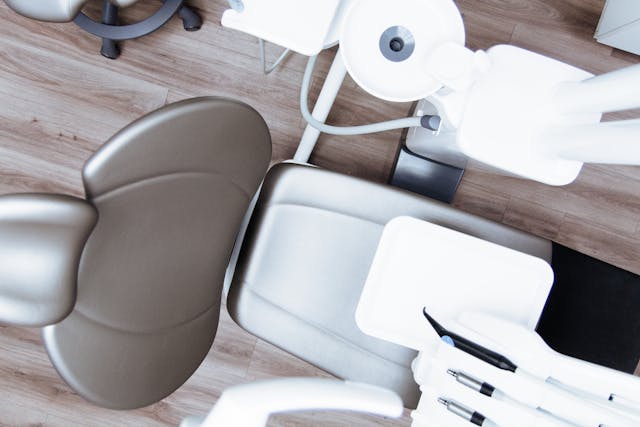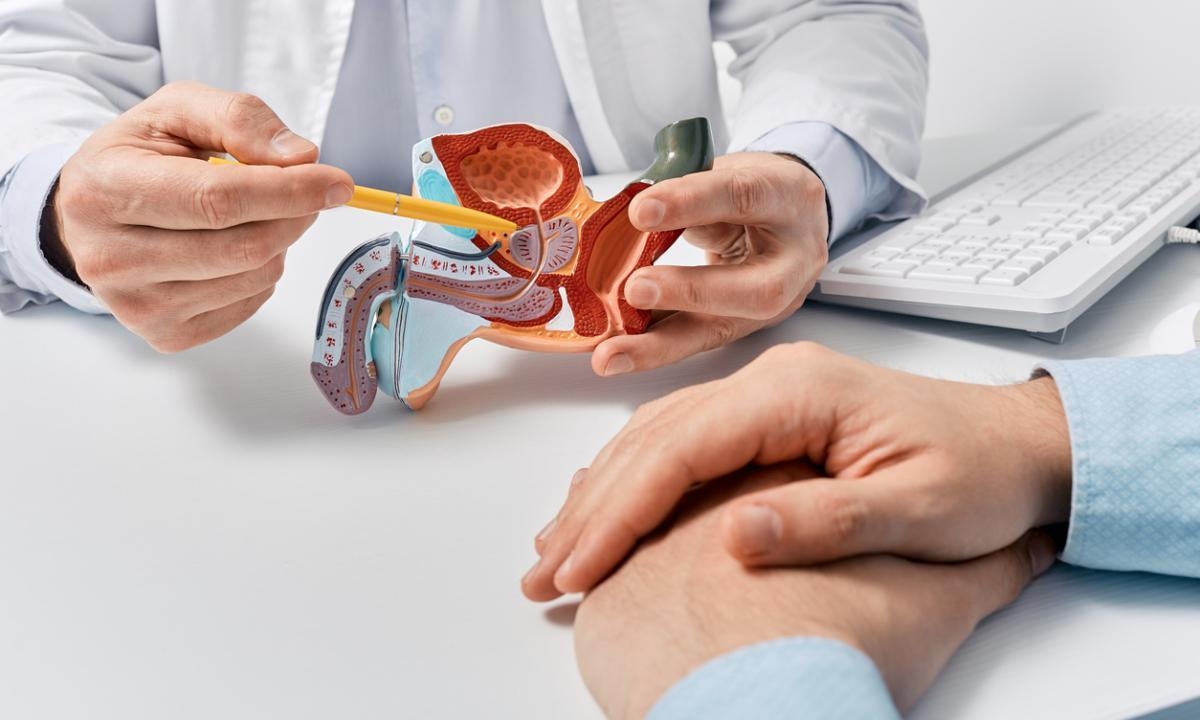
The Latest Trends in Cosmetic Dentistry
Cosmetic dentistry has made significant strides over the years, evolving with the advent of new technologies and materials.
Your smile plays a crucial role in your confidence and how you present yourself to the world, which is why many seek the latest in aesthetic dental procedures. These advancements are not only aimed at enhancing appearance but also at ensuring the functionality and health of your teeth.
As a patient considering cosmetic dentistry, you have a multitude of options available to you. Recent trends show a shift towards minimally invasive techniques that prioritize preserving natural tooth structure. Procedures such as composite bonding, porcelain veneers, and clear orthodontic aligners are increasingly favored for their ability to deliver dramatic improvements with minimal discomfort and recovery time.
Additionally, digital dentistry has opened new horizons in cosmetic treatments. From digital smile design to sophisticated imaging techniques, you can now visualize potential outcomes before undergoing any procedure. This approach allows for personalized treatment planning and fosters a collaborative relationship between you and your dental professional, ensuring the final results align with your expectations.
Innovative Materials in Prosthetics

Recent advancements in cosmetic dentistry have ushered in a new era of prosthetic materials aimed at enhancing durability and esthetics. These innovations not only improve the functionality of dental prosthetics but also focus on the compatibility with your body's natural tissues.
Zirconia Alternatives
You're likely familiar with zirconia, a material prized for its strength and tooth-like appearance. However, new alternatives are on the horizon, offering similar benefits with additional features. One such alternative is a lithium silicate ceramic. Lithium silicate features a high level of translucency, making it an ideal choice for anterior crown restorations where a natural appearance is paramount. Its reinforced structure provides a resilient option that can withstand the forces of mastication.
Another emerging material is hybrid ceramic-resin. This combines the best of both worlds: the toughness of ceramics with the flexibility of resins. The result is a prosthetic that's less prone to chipping. You will find these materials in crowns and bridges that necessitate a balance between strength and a lifelike finish.
Bioactive Dental Composites
Your dental restorations can now not only mimic the appearance of natural teeth but also interact beneficially with your biological tissues. Bioactive dental composites are designed to support the natural remineralization process of adjacent tooth structures. These materials release essential ions such as calcium and phosphate, which aid in the repair and regeneration of tooth enamel.
Furthermore, bioactive composites have the capability to form a chemical bond with the tooth structure, leading to a more secure and long-lasting restoration. The incorporation of antimicrobial agents within these composites also aids in reducing the risk of secondary caries, ensuring your dental health is maintained over time.
Digital Dentistry Advancements
In the field of cosmetic dentistry, digital advancements are reshaping treatment options and enhancing results. Technologies such as intraoral scanning and 3D printing are at the forefront of these innovations, offering accuracy and efficiency in dental procedures.
Intraoral Scanning
Your experience with intraoral scanning is characterized by precision and comfort. This technology allows your dentist to take detailed 3D digital images of your mouth. It eliminates the need for traditional impressions, which can be uncomfortable and time-consuming. Instead, a small handheld device is moved around inside your mouth, capturing images that are then stitched together to create a highly accurate 3D model of your teeth and gums.
These detailed scans are used for a variety of treatments, including the design of aligners, crowns, and veneers. Intraoral scans are not only quicker than traditional methods but also provide better fitting and more natural-looking results.
3D Printing Applications
3D printing is transforming how dental devices are produced, bringing customization to a new level. After your dentist has attained the digital impression of your teeth, that data can be sent directly to a 3D printer, which fabricates dental restorations and aligners with extraordinary precision.
For instance, custom dental crowns, bridges, and even certain types of orthodontic appliances can now be 3D printed using materials that accurately mimic the look and feel of natural teeth. The benefit is a swift turnaround time for dental prosthetics and a significantly improved fit for you. 3D printing technology is a game-changer in cosmetic dentistry, as it shortens the wait times and ups the ante in personalization and aesthetics.
Aesthetic Enhancement Techniques

In the realm of cosmetic dentistry, aesthetic enhancement techniques constantly evolve, bringing you more personalized and effective options to enhance your smile. Discover the latest advancements in veneer customization and teeth whitening that are designed to meet your precise needs and preferences.
Veneer Customization
Your smile can be transformed with customized dental veneers, which are now more sophisticated than ever. Using digital smile design software, your dentist can create a veneer that exactly matches the color, shape, and size of your natural teeth. This technology allows for a high level of detail in the customization process, ensuring that your veneers look natural and fit comfortably. Additionally, the use of durable materials like porcelain provides a solution that is not only aesthetically pleasing but also long-lasting.
Teeth Whitening Innovations
You have access to advanced teeth whitening systems that can brighten your smile significantly. Today's innovations include LED light technology and laser treatments, which, when combined with specially formulated whitening agents, can reduce the occurrence of tooth sensitivity and provide you with faster, more noticeable results. In-office procedures offer the advantage of professional supervision, ensuring your safety and the effectiveness of the treatment, while at-home kits prescribed by your dentist provide the convenience of improving your tooth color in the comfort of your own home.
Minimally Invasive Treatments
Recent advancements in cosmetic dentistry focus on treatments that are effective yet less invasive, allowing for a quicker recovery and less discomfort during procedures. These technologies and techniques are designed to enhance the aesthetic appeal of your smile while preserving as much of your natural tooth structure as possible.
Laser Dentistry
Laser dentistry represents a precision-focused advancement in dental treatments. This method uses a concentrated beam of light to perform a variety of procedures, from teeth whitening to gum contouring, often without the need for anesthesia. Your comfort is significantly enhanced, as lasers tend to cause less pain and reduce recovery time compared to traditional tools.
Enamel Microabrasion
Enamel microabrasion involves gently removing a thin layer of surface enamel to correct discoloration and smooth out irregularities. This procedure is usually combined with teeth whitening treatments for an optimal brightening effect. It's a conservative approach that can yield significant results in your pursuit of a more even and radiant smile.
Trending
-
1 Mental Health Absences Cost NHS £2 Billion Yearly
Riddhi Doshi -
2 Gut Check: A Short Guide to Digestive Health
Daniel Hall -
3 London's EuroEyes Clinic Recognised as Leader in Cataract Correction
Mihir Gadhvi -
4 4 Innovations in Lab Sample Management Enhancing Research Precision
Emily Newton -
5 The Science Behind Addiction and How Rehabs Can Help
Daniel Hall





Comments